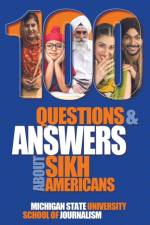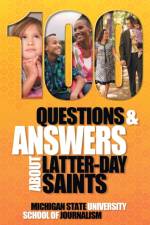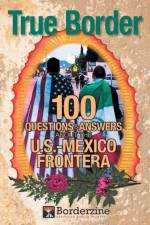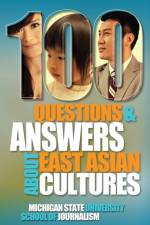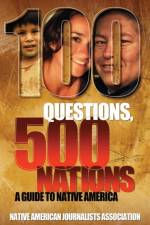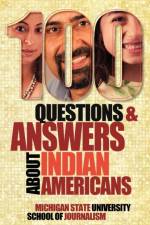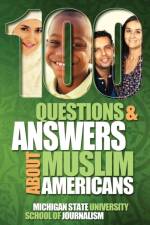- Immigration policies, politics and trends and how they affect families, jobs and demographics: The facts about U.S. immigration patterns, motives, effects and language, history, culture, customs, and issues of health, wealth, education, deportation, citiz
av Michigan State School of Journalism
315,-
100 Questions and Answers About Immigrants to the U.S. is part of the Michigan State University School of Journalism series on cultural competence.This guide has sections on identity, language, religion, culture, customs, social norms, economics, politics, education, work, families and food.The guide is written for those who want quick answers to basic, introductory questions about U.S. immigrants. It is a starting point, for people in business, schools, places of worship, government, medicine, law enforcement, human resources and journalism who want to get a fast grounding. The guide suggests resources for those who then want greater depth. The guide was written in 2016 against the backdrop the presidential campaign.



